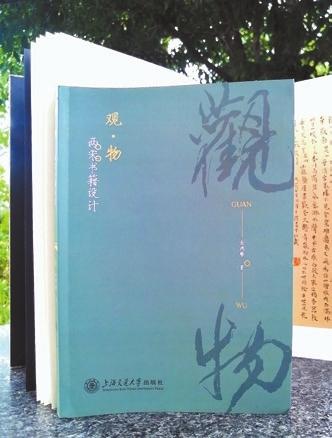
LOCAL scholar Yue Hongyan has recently published a book that walks readers through book design in the Song Dynasty (960-1279), a golden age for woodblock printing thanks to major revolutions in technology. The new publication studies the design of books in the Song Dynasty to discuss the physical and spiritual features of these ancient books and explore how philosophies and technology transformations in the Song Dynasty influenced the design of books. The book also goes further to analyze how the philosophies, innovations and circulation of products drove social innovation, how the visual design of books helped build and convey the cultural aspects of the specific period, and what inspiration the ancient books provide for today’s book designs. Consisting of nine chapters, the book studies the social background, mainstream ideas, systems, forms, and layouts of books in the Song Dynasty, and addresses the philosophies and aesthetics of book design during that period. According to Yue, these ideas can be summarized as “object-observing” design. “Like today, the Song Dynasty was going through major transformations in technology and philosophy,” said Yue. “Through exploring the features and ideas behind the design of books in the Song Dynasty, I hope to find the language and philosophy of Chinese design.” According to Yue, the books from the Song Dynasty attached great importance to the quality of printing. A system that required three rounds of proofreading was established back then and is still used today. In terms of binding, the format of butterfly binding first appeared in the Song Dynasty and became a foundation for ancient Chinese book design. The intrinsic features of butterfly binding, including contrast, balance, a sense of order, and parallelism, reflect how ancient Chinese thought about cultural orders. “The process of creation, which comes from the intrinsic ideas about cultural orders and acquires certain exterior forms, reflects how Chinese people observe an object. This is a process I call ‘object-observing’ design,” Yue said. She believes that object-observing design is a process of creation that combines the spiritual and physical worlds. Built on cultural legacies, this design approach aims to create a system of cultural values. It reflects how a subject works on an object, how a subject interacts and dynamically communicates with an object, and how information, beauty and order are collectively expressed. Yue, a member of the Shenzhen Creative Culture Center, is a researcher on visual communication, city and reading, and the aesthetics of design with a focus on the modern transformation of traditional Chinese culture. She is also an experienced editor and translator. (Lin Lin) | 
